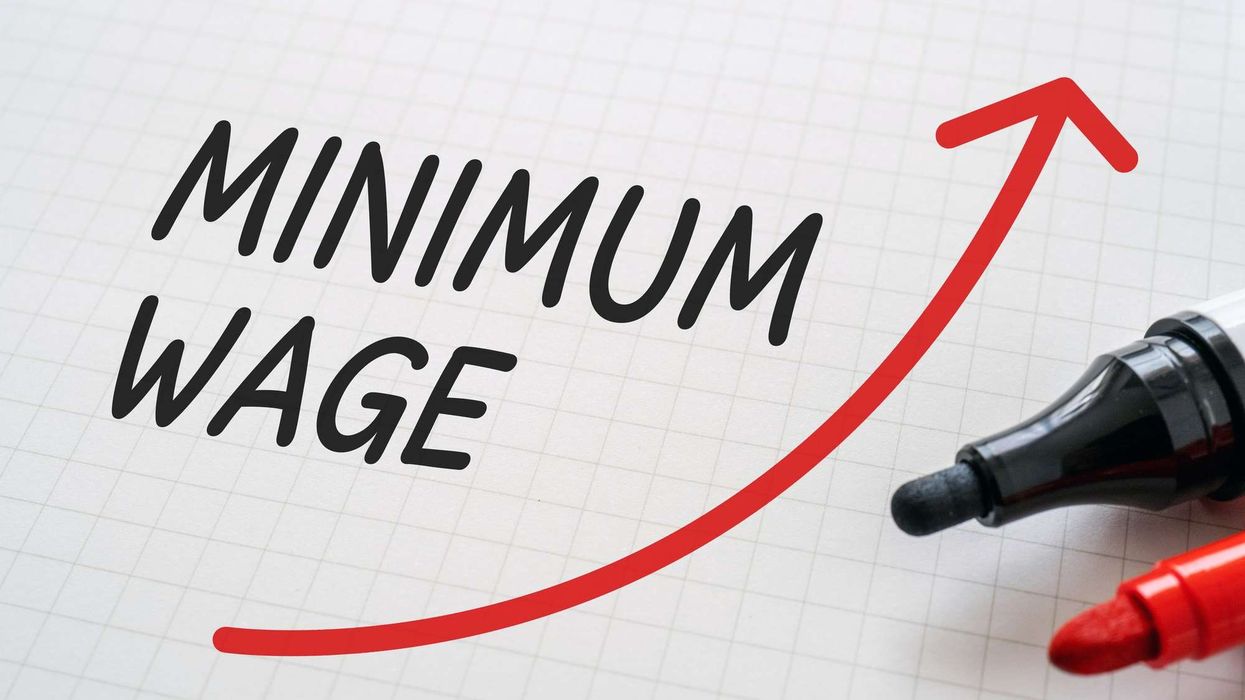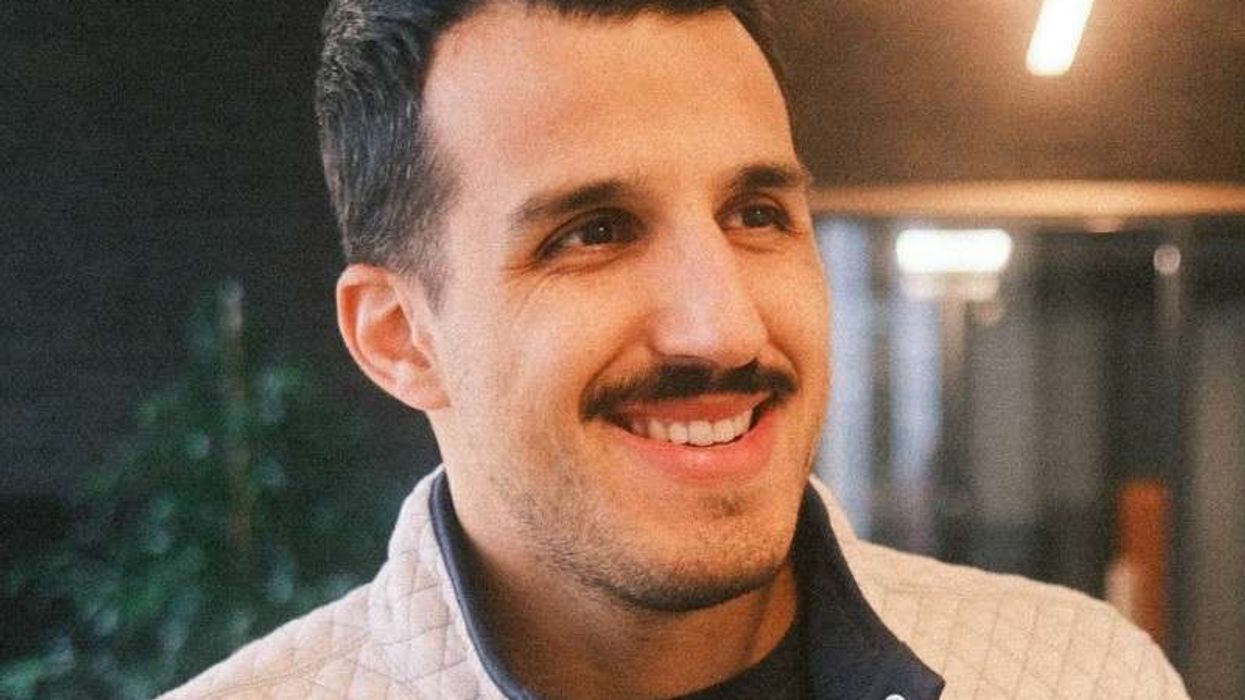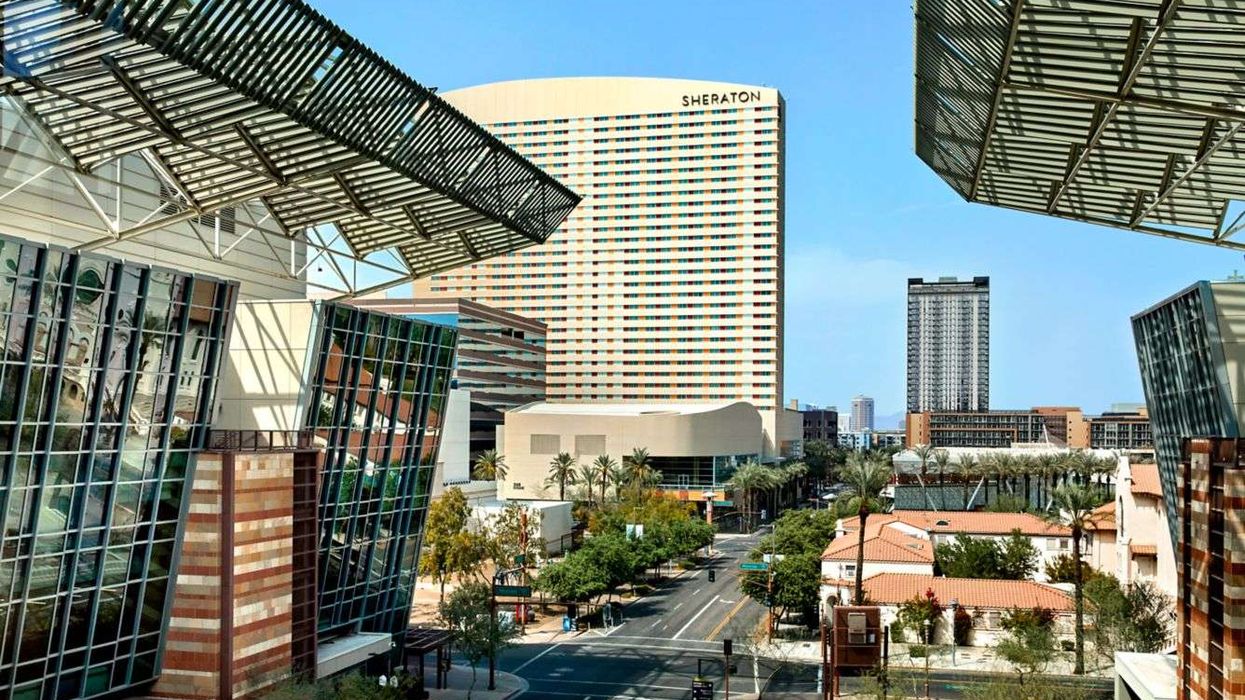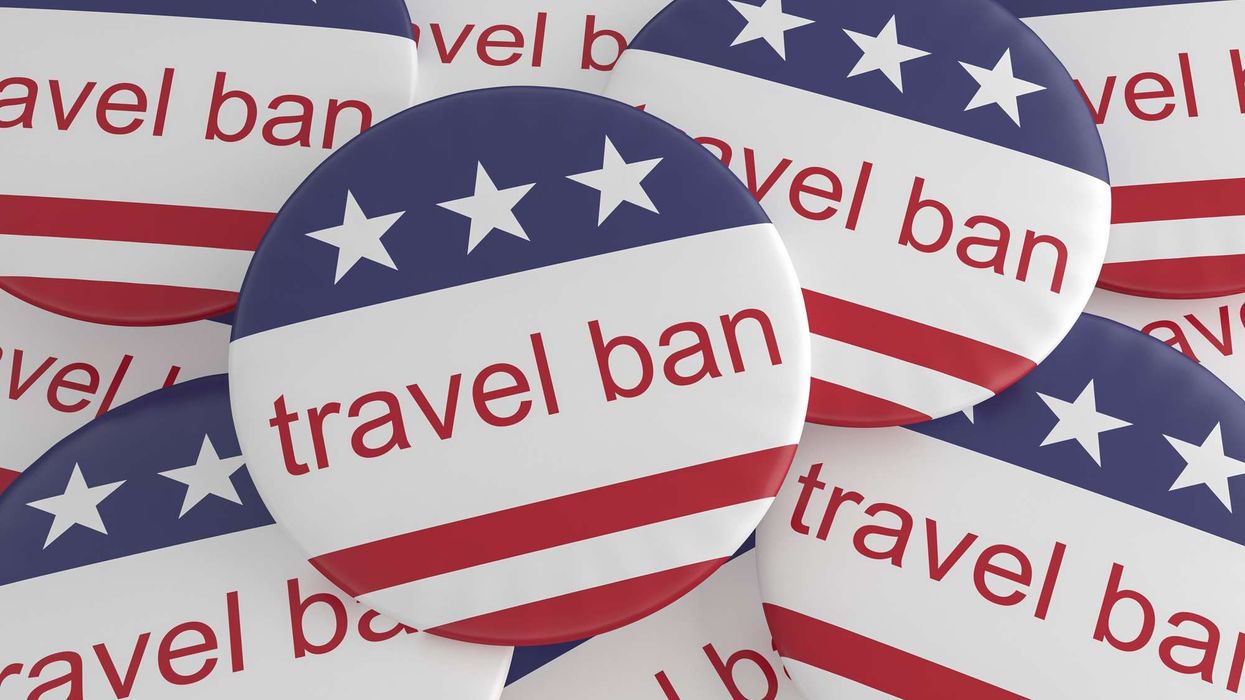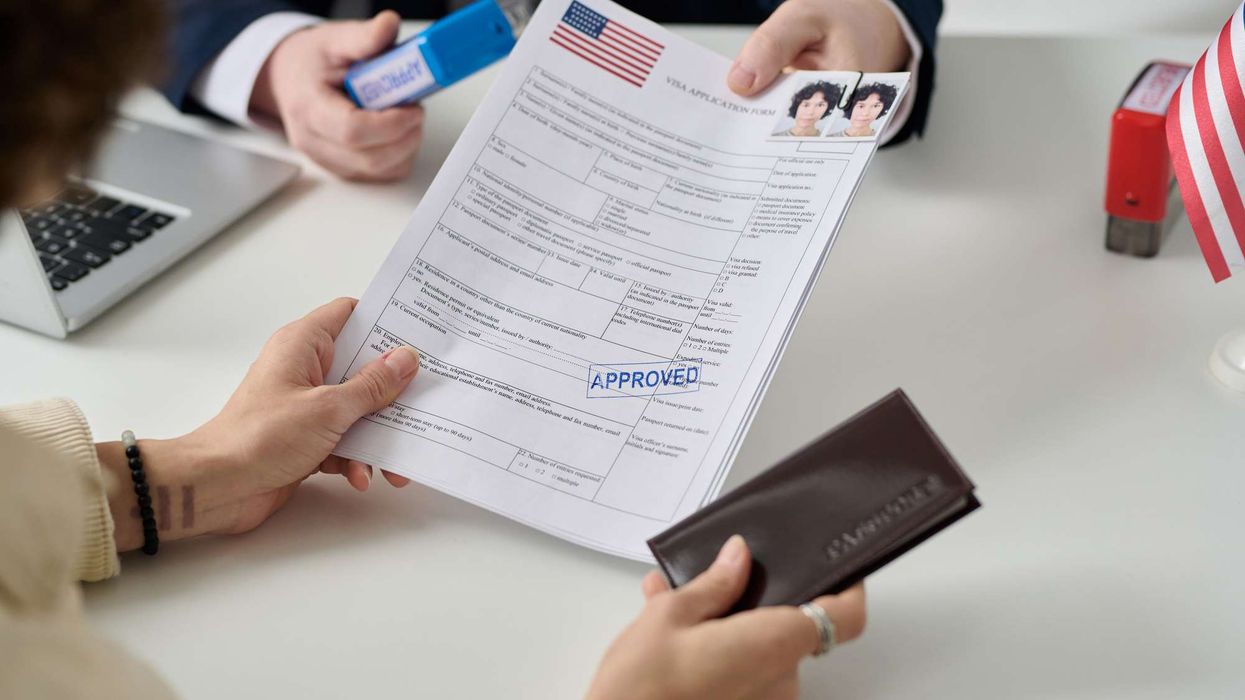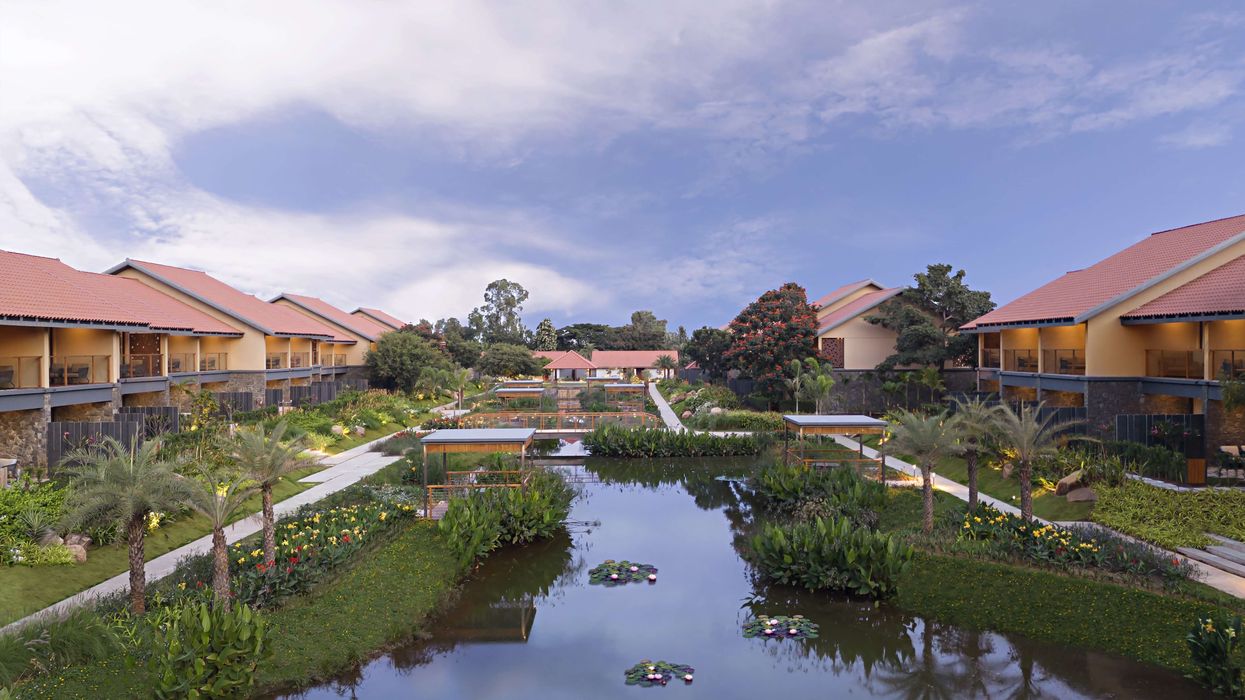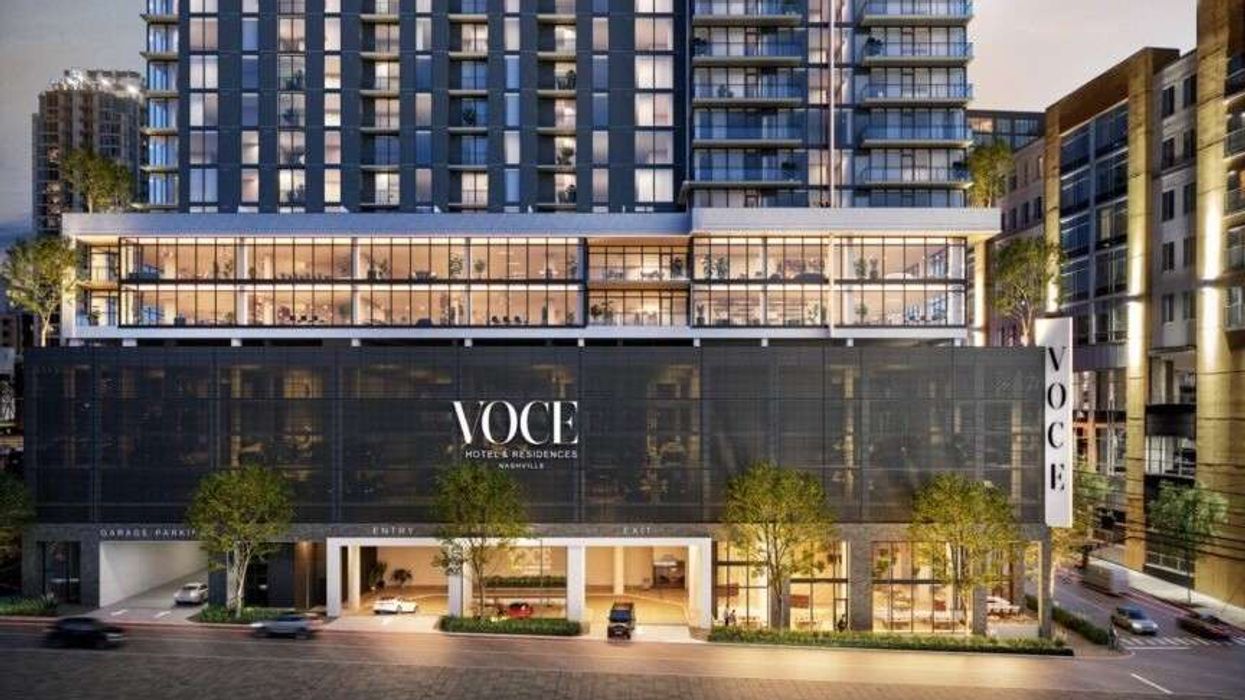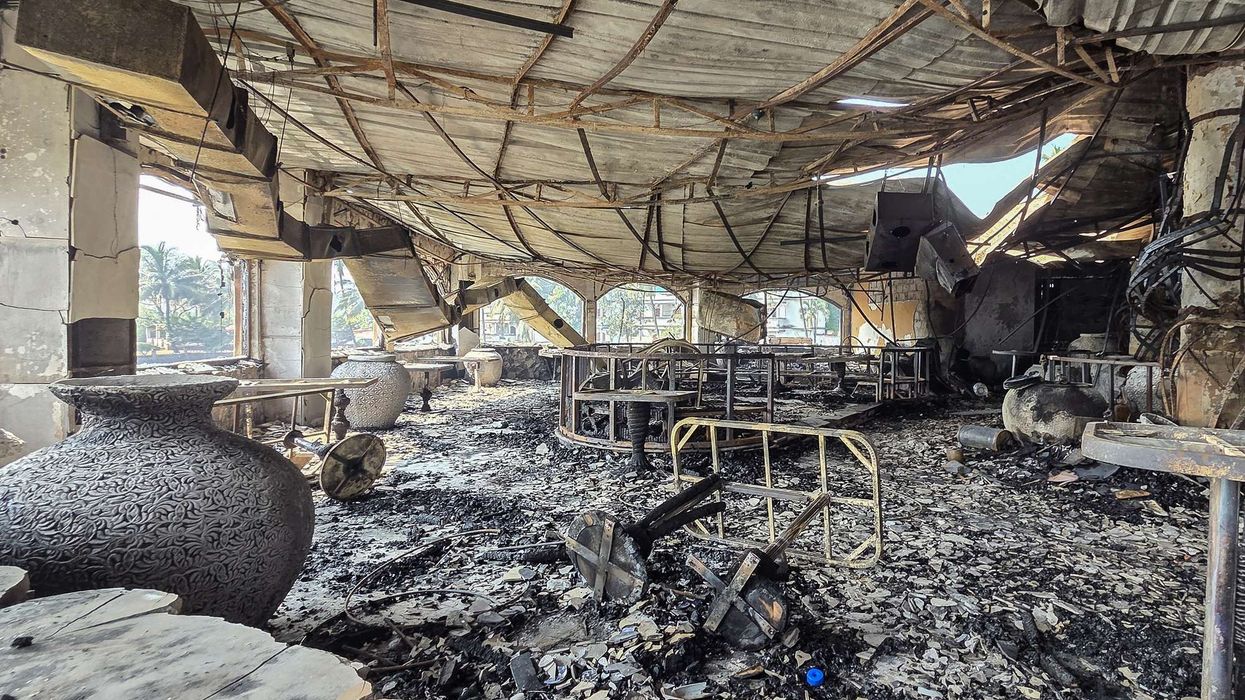WITH LABOR DAY around the corner, U.S. hotel occupancy slipped back below 50 percent during the week ending Aug. 22, according to STR. However, GOPPAR rose above positive for all classes for the first time since February.
Occupancy for the week ended at 48.8 percent, down from 50.2 percent the week before and down 30.3 percent from the previous year. ADR stood at $100.08, down 22.7 percent and RevPAR dropped 46.1 percent $48.81.
“Unfortunately, this week’s headline could easily be ‘What the summer giveth, the summer taketh away,” said Jan Freitag, STR’s senior vice president of lodging insights, in a video deep dive of the data for the week.
Room demand over the week dropped by 492,000 rooms, Freitag said.
“Call that half a million room nights less sold than in the week of Aug. 15, a 2.7 percent demand decline,” he said. “That decrease in room demand equates, of course, to a decline in occupancy.”
STR pointed out that the drop in demand coincides with the opening of the new school year and there a drop in vacation travel.
“STR projects similar challenges with no corporate demand to replace leisure demand lost to the beginning of the school year,” STR said.
As has been the case, aggregate data for STR’s top 25 markets shows them with lower occupancy than the national average, 41.8 percent, and lower ADR, $99.11. Norfolk/Virginia Beach, Virginia, was again the only top 25 market to exceed 60 percent occupancy with 61.2 percent.
However, the highest occupancy was in the submarkets where Iowa City/Waterloo, Iowa saw 85.9 percent and Eureka, California, reached 84 percent.
“Iowa City, the home of the University of Iowa, had in-person classes that started this week so parents and students moved back in. So the occupancy in the hotels was roughly 86 percent,” Freitag said.
Eureka’s occupancy of was probably driven by an influx of firefighters and first responders fighting the Red Salmon Complex wildfire, he said.
Economy, midscale and upper midscale hotels all saw better than 50 percent occupancy with 54.6 percent, 52.3 percent and 51.9 percent respectively.
“Keep in mind that for upper midscale, midscale and economy we basically had all rooms open,” Freitag said. “The same could not be said for luxury and upper upscale hotels where roughly one in three hotels were occupied. That said, we still see about 20 percent of those rooms temporarily closed.”
Freitag was concerned to see RevPAR dip by 46.1 percent from last year for the week.
“That is exactly the same RevPAR percent change we had recorded in the week ending Aug. 15,” he said. “Last week the data was even with the prior week which implies that there was no change, which in this environment I would argue that that counts, actually, as bad news.”
In the global market, Freitag said “China is very much open for business” while European occupancy is steadily increasing. It reached 44.6 percent last week and may well overtake U.S. occupancy considering the slide backward hotels here took during the week.
“It’s going to be interesting to see, as has been stated before, what will happen after Labor Day,” Freitag said.
On the positive side, looking at data from STR’s most recent P&L report, all classes of hotels saw positive GOPPAR for July.
“We’re happy to report that for the first time in a long time, GOPPAR dollar amount is positive for full-service hotels. Only $3, but be that as it may, it’s positive,” Freitag said. “We overall think that the P&L data is encouraging. I think it shows that cost-cutting measures are taking hold and all classes and all service levels are GOPPAR positive.”

